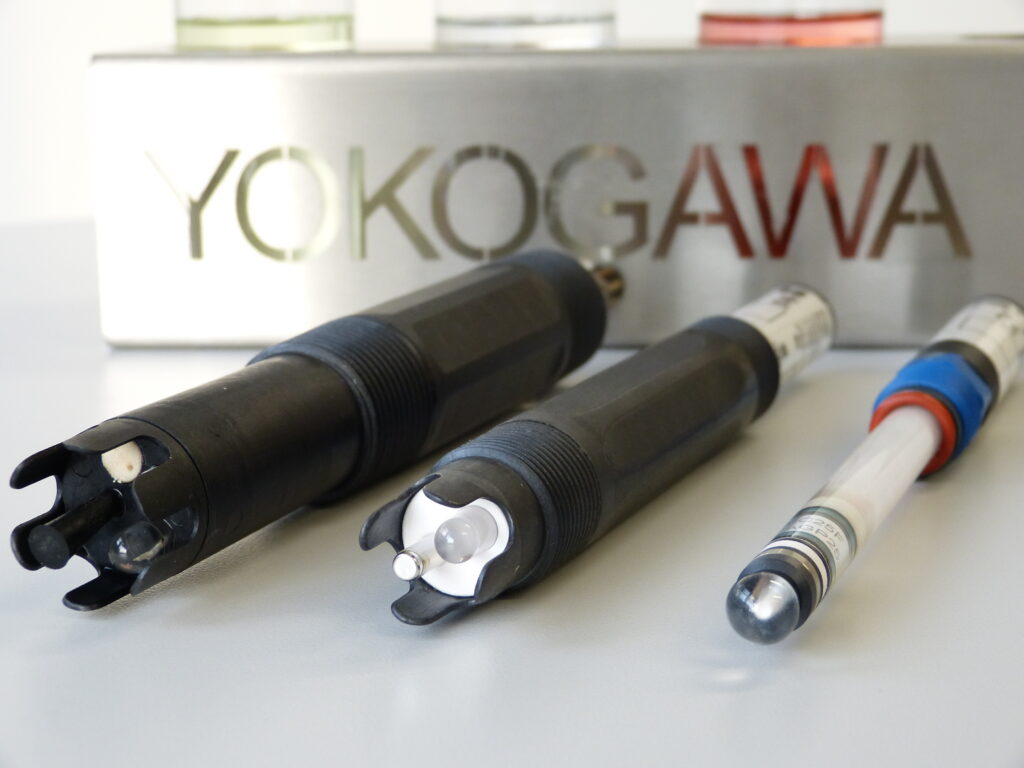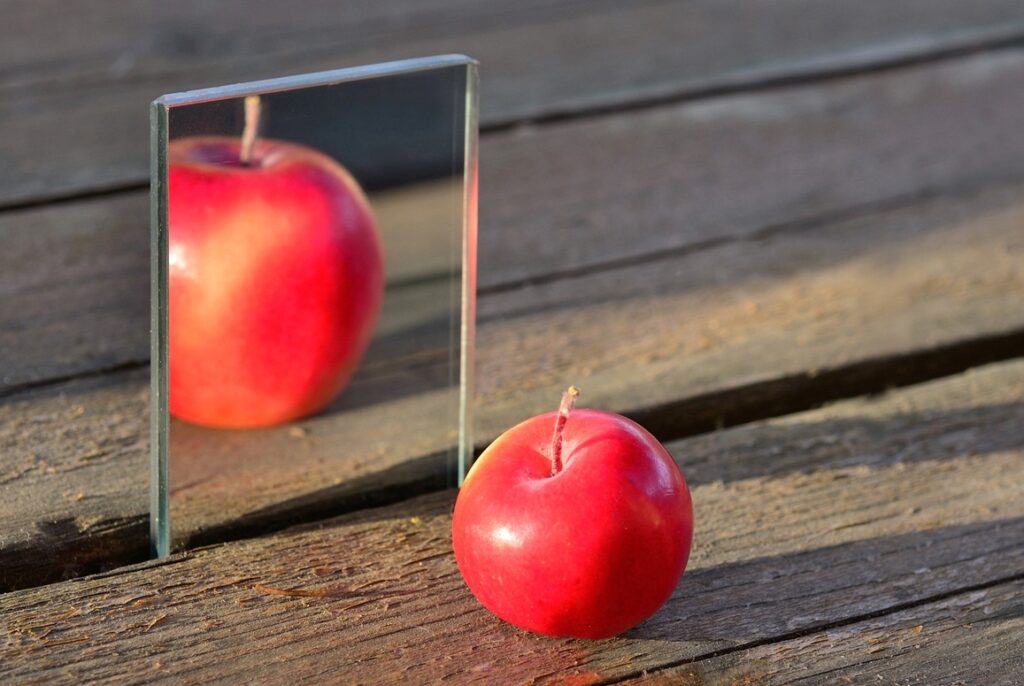Reliable transmission of measured data
Analog or digital measurement techniques? It’s a good question! In contrast to analog technology, digital communication methods transmit a complete measured value, in other words both a numeric value and a unit of measurement, for example “127 μS”. The information is absolutely clear. Analog measurements, on the other hand, are represented by a current signal, e.g. 13.73 mA. To obtain the correct result, this signal must be correctly assigned to the measured value. Provided you follow the procedure exactly, that’s not a problem. It remains a potential source of error nevertheless. A numeric value is meaningless without a unit.
Measurement techniques
High-impedance analog signals, such as when sensing pH, can easily be influenced by unwanted effects like electromagnetic interference, moisture or corrosion. These effects can themselves be “analog”, i.e. gradual. Their influence is not always immediately evident. Yet by following the procedure exactly, they too can be avoided, though they likewise remain a potential source of error. These problems can be ruled out by using an isolated system, for instance for digital transmission.
The copper cable and the contacts between the sensor and the analyzer have only a minor significance, especially when high quality components are involved. Was the plug accidentally left lying in a pool of water while the instrument was being calibrated? Just wipe it dry and carry on with your work. The differences compared to other transmission methods are blurred.
Does “digital” also mean “well measured”?
Digital technology doesn’t actually produce data; it is rather used to transmit, collect, store, structure, visualize and evaluate data, both good and bad. It’s similar in a way to translation: if the original is poor, then why should the translation be any better?
The data source for the measurement is actually the sensor – in most cases an analog device such as a pH electrode. In this kind of high-impedance system, the availability of a stable reference potential is vital. A grounding pin in contact with the medium to be sensed can achieve this by establishing equipotential bonding to the liquid (“liquid earth”), the aim in this case being to make the measurement more stable. That way, you also profit from “analog” quality with the SC25F.
[ot-caption title=”SC25F pH electrode with a titanium grounding pin” url=”https://www.yokogawa.com/eu/blog/chemical-pharma/app/uploads/2017/06/pH-Elektrode-SC24-mit-Erdungsstift-aus-Platin.png”]
From “analog” to “digital” quality
Since we now have high quality data, we can get started on the “translation”, in other words processing and transmitting it.
Calibration data must be transferred accurately and reliably. When a digital sensor is calibrated, the system must automatically be aware that new calibration data is available and that the old data is no longer valid. It has to get this right every time because a failed data transfer is likely to remain undetected.
The timing of the transfer matters too: pH sensors do not measure correctly the instant they are immersed in a calibration solution, for example. They need time to reach equilibrium in their new surroundings. The measured values change more and more slowly as they approach a stability point until only a negligible drift is observed. Only then must the calibration data be transferred. You can set the sensitivity of Yokogawa analyzers – both digital and analog – as well as Yokogawa’s calibration software in order to control calibration accuracy. This is very handy because some sensors drift slightly a second time following a brief period of stability. Premature transfer of the data can be a cause of calibration errors which are almost impossible to detect.
This doesn’t happen if the “digital” quality is as it should be. Appropriate software is hence crucial for the calibration and its quality, even in the lab. This software is included in the startup package you get from Yokogawa.
When “fat fingers” “communicate” with thin glass
Combination pH electrodes are sensitive sensors made from thin glass. So how can they be made insensitive to harsh mechanical environments? By packaging them carefully: all-in-one combination electrodes like our FU20F are increasingly in demand because they are totally robust. A rugged Ryton or PVDF body protects the sensing electrode and the reference electrode from damage due to mechanical loads (and not only fat fingers!). The electrode’s extended lifetime proves this was the right decision.
[ot-caption title=”FU20F all-in-one electrode” url=”https://www.yokogawa.com/eu/blog/chemical-pharma/app/uploads/2017/06/Bild2.png”]
Analog or digital? Which measurement technique do you prefer? Have you any questions regarding analog and digital sensors? Or maybe about our products? If so, just write us a comment.





Dear Mr. Worringen, your blog is very informative and I was especially impressed by the topic : Does “digital” also mean “well measured”?. That is a very good point, which is easily overlooked when discussing digital sensors. Thank you for sharing !
Thanks. This was very informational and it helped me with my school work.